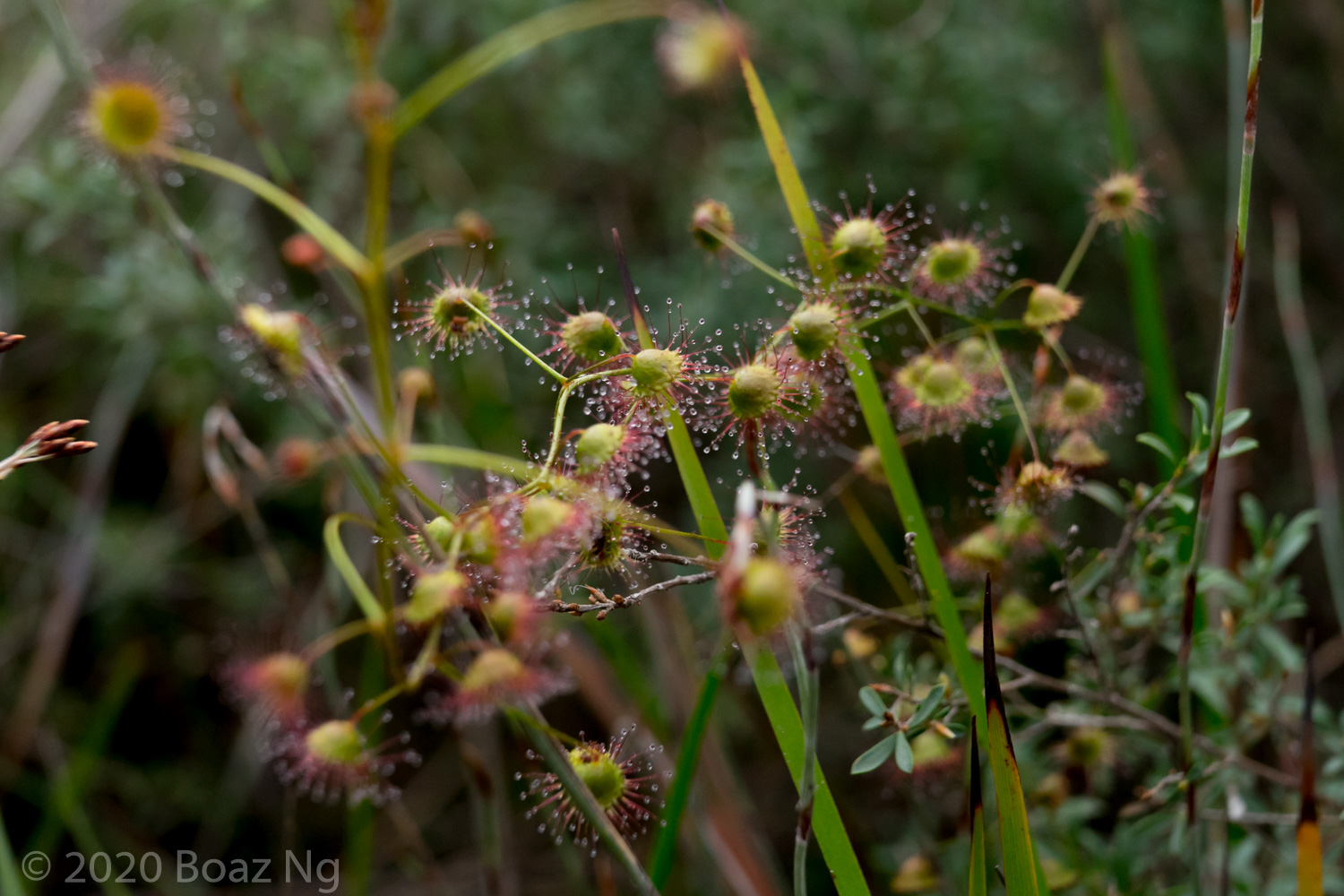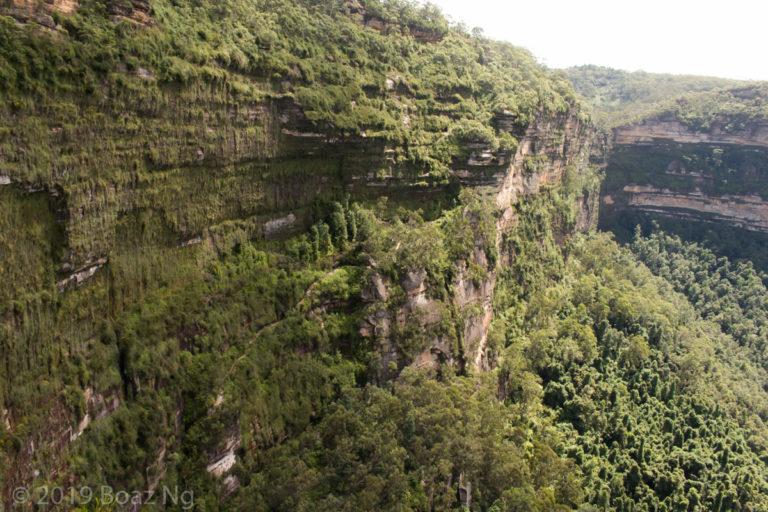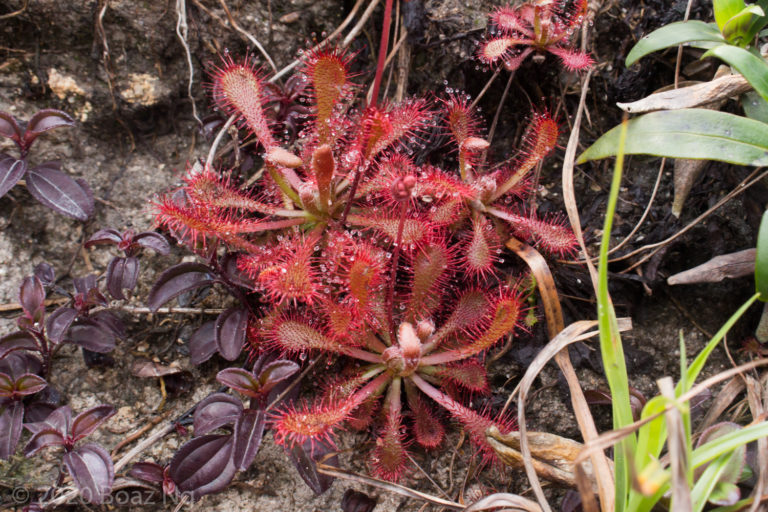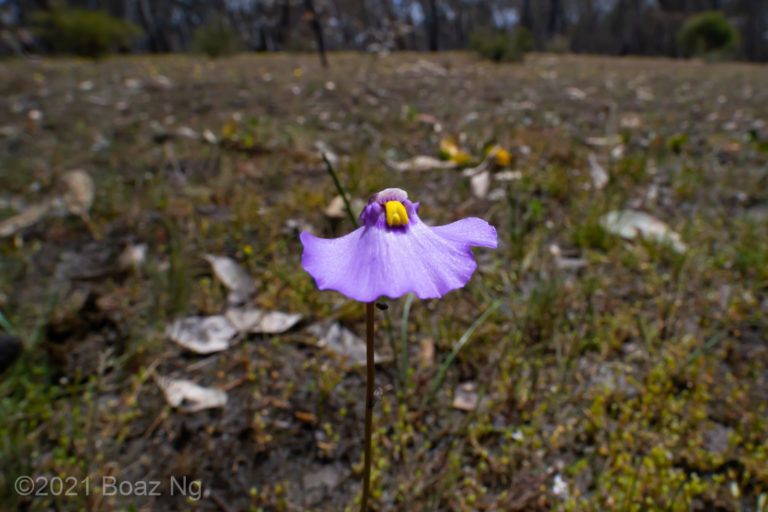June in Melbourne is cold and wet – perfect conditions for tuberous Drosera. Remnant bushland reserves are present in the south east suburbs of Melbourne and protect an impressive amount of sundew species.
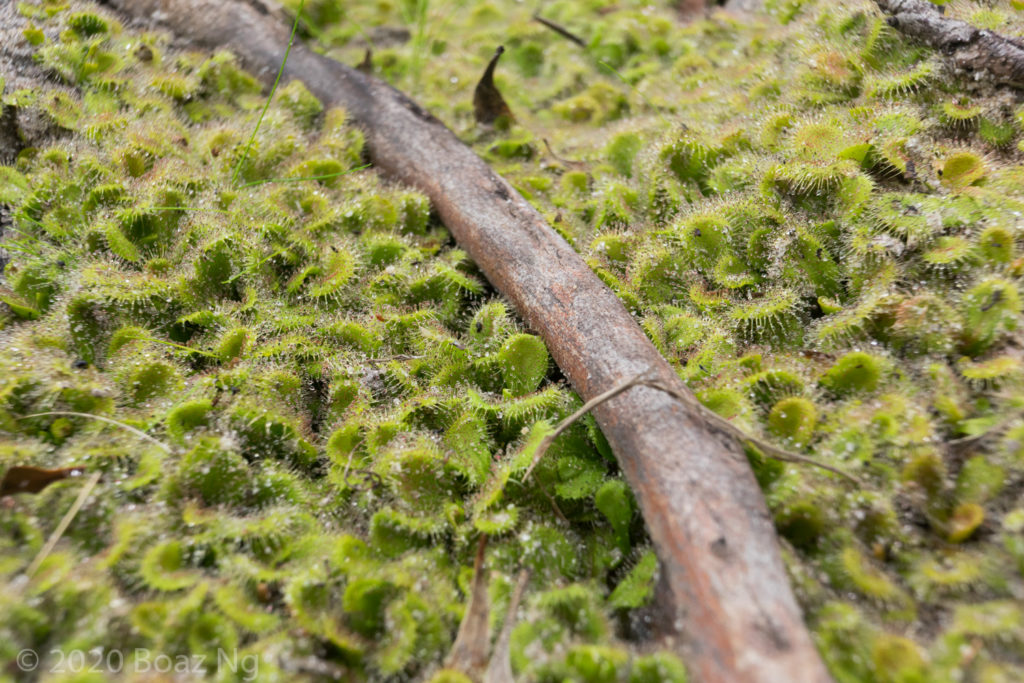
Drosera aberrans is by far the most common species and grows virtually everywhere. By June, plants are well developed but most colonies have not flowered yet.
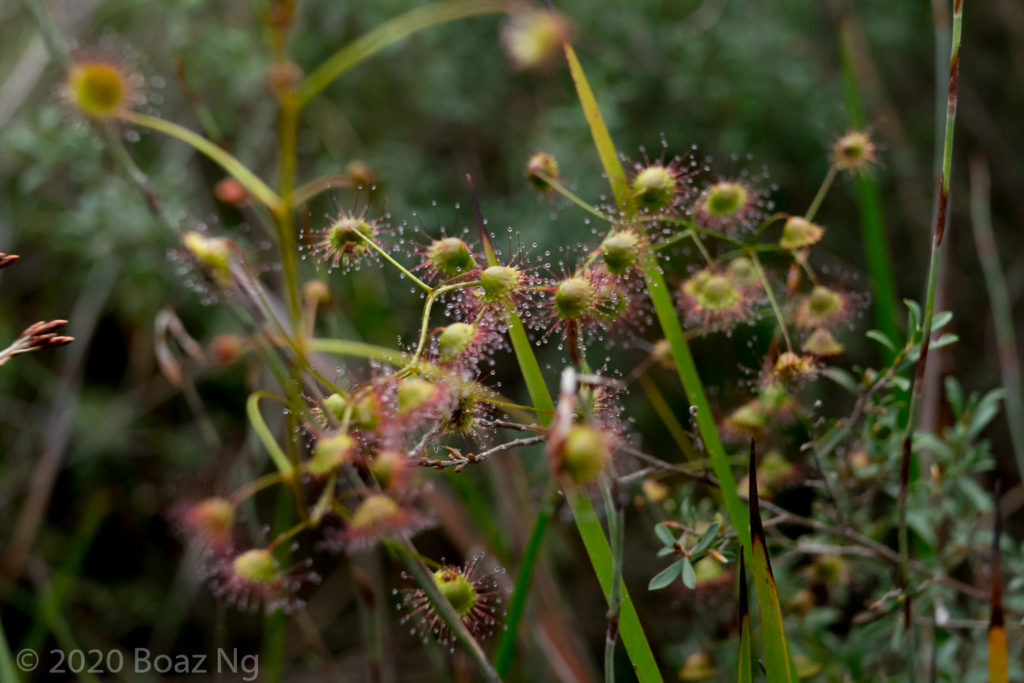
Drosera planchonii can be found in areas of heath. Plants are well developed but have not flowered at this location.
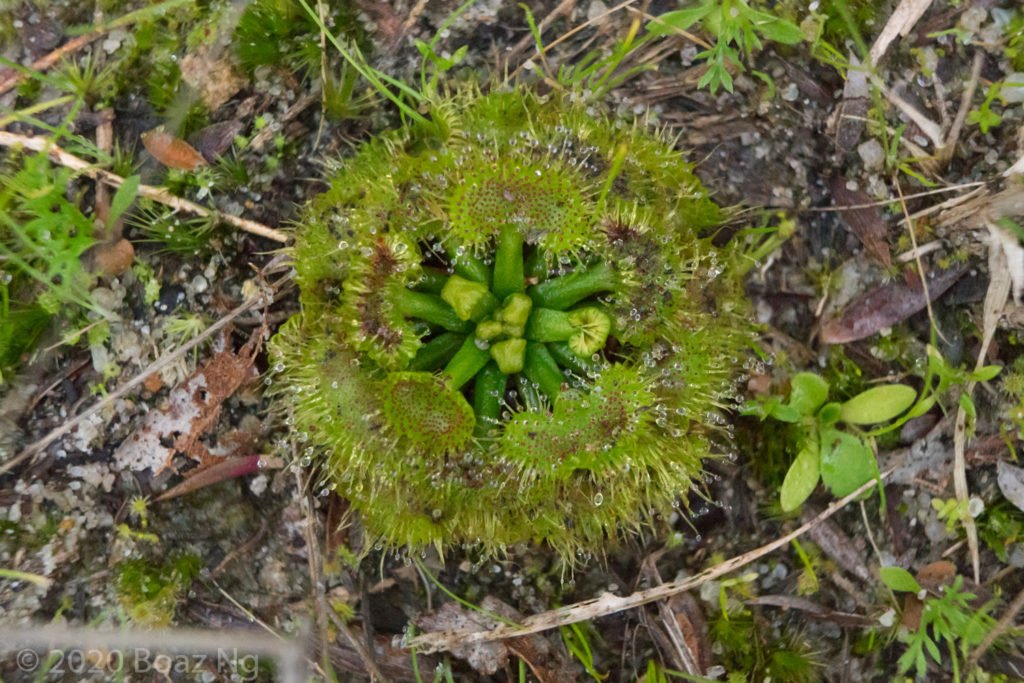
Drosera hookeri is locally abundant in exposed flat plains. The rosette is distinguished from others in the peltata complex by its robust nature and bright green coloration.
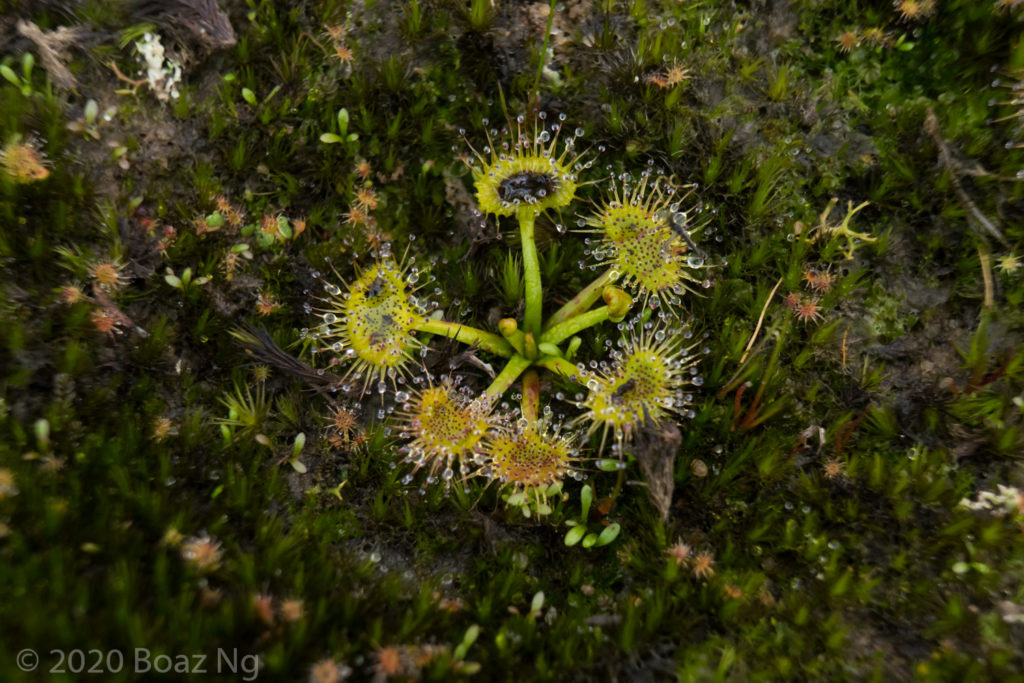
Drosera gunniana often grows alongside D. hookeri. Its rosette is more of a olive to reddish coloration. At this stage it can look very similar to some specimens of Drosera auriculata. Hairy sepals unambiguously distinguish it from D. auriculata, which has glabrous sepals.
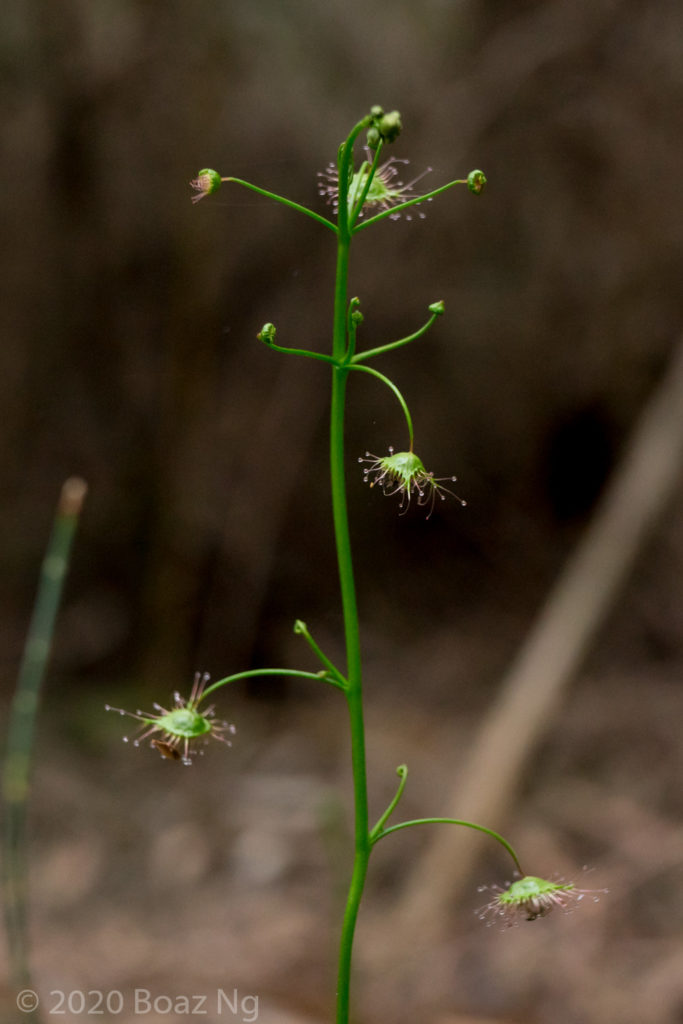
Drosera auriculata grows in forested areas. It does not always form a basal rosette.
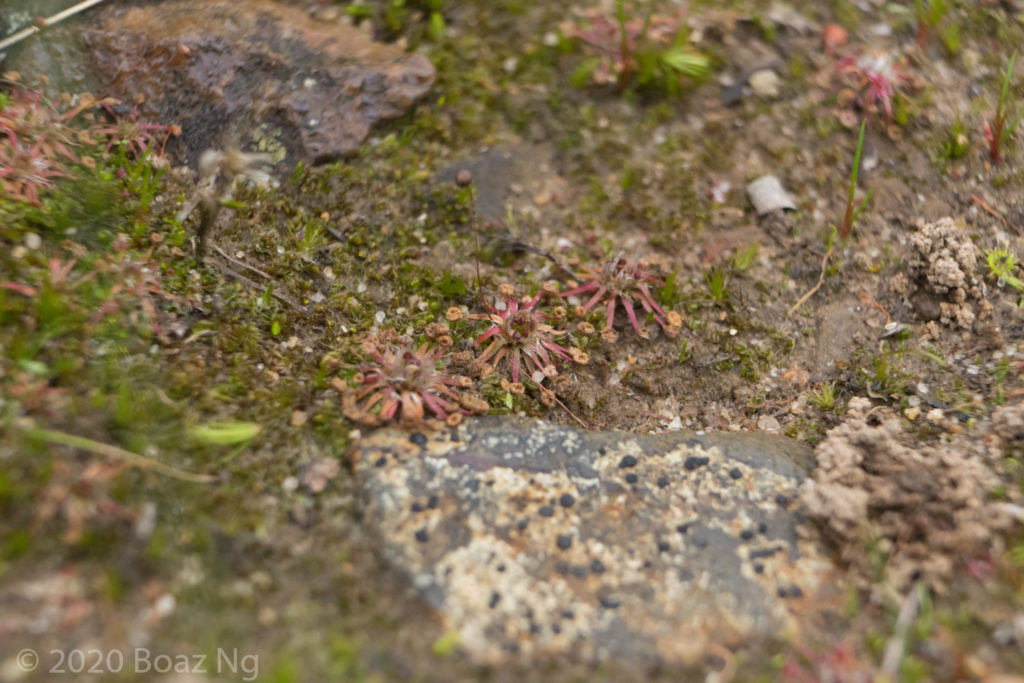
Drosera pygmaea grows in a few exposed spots.

